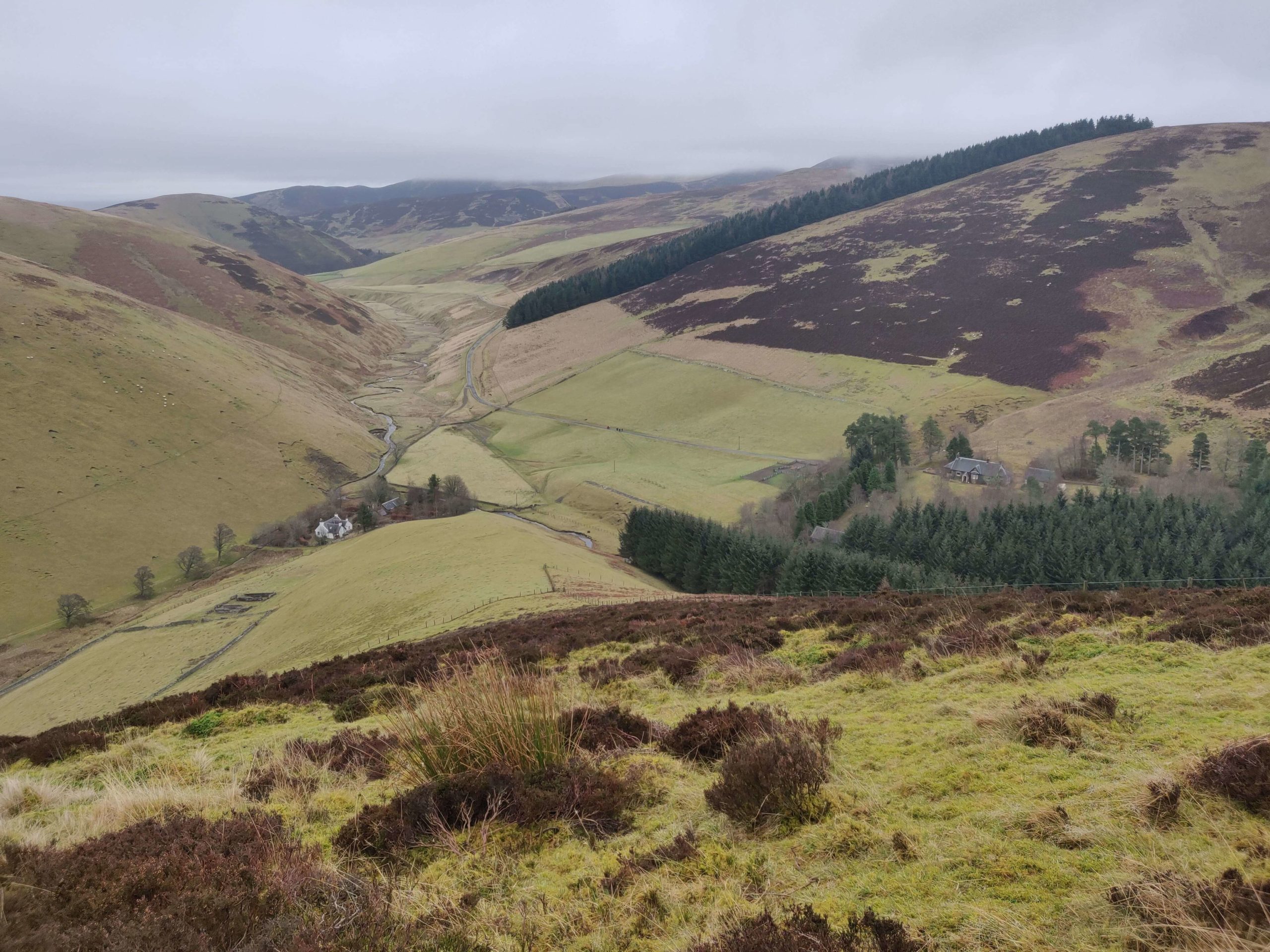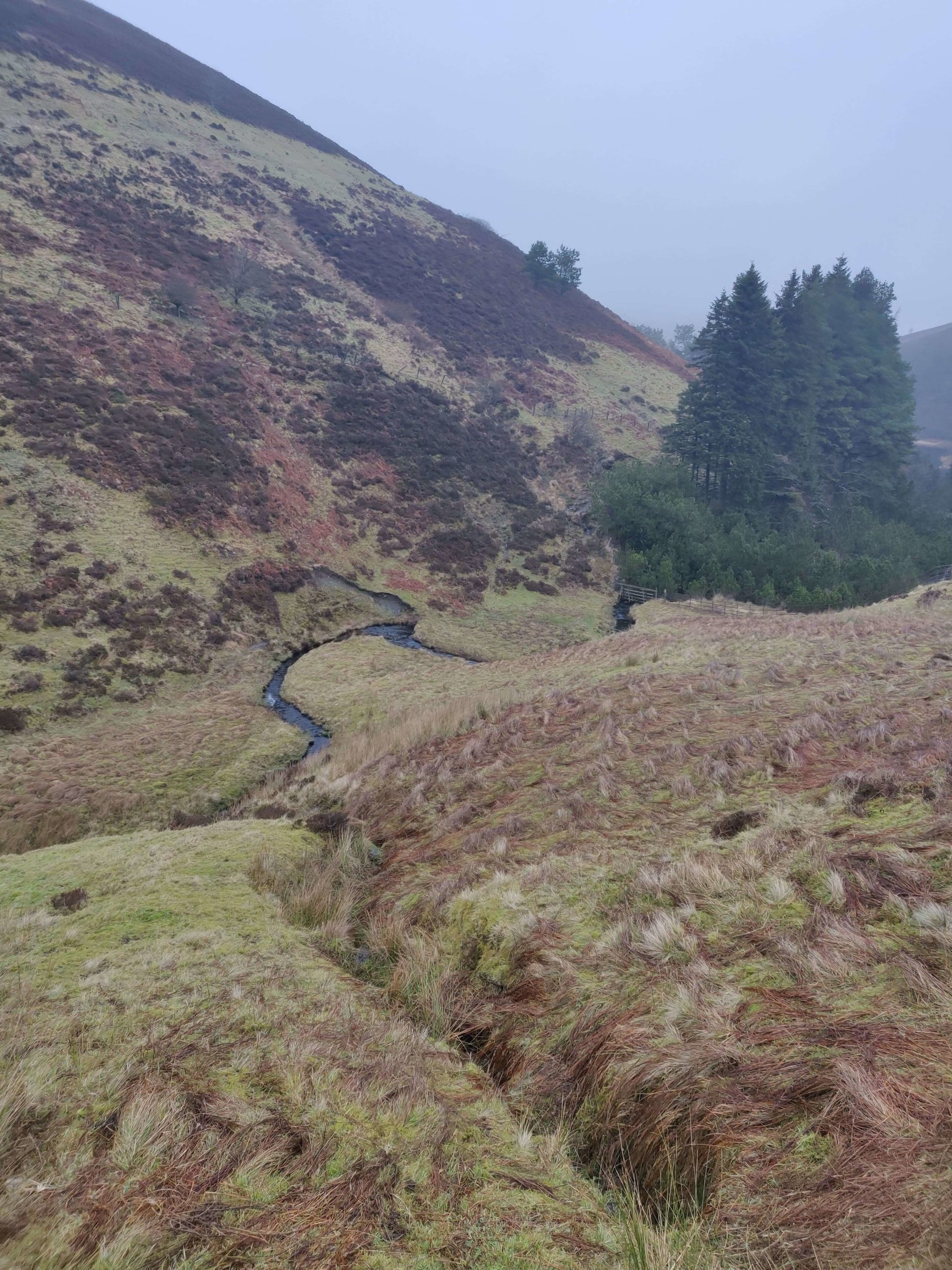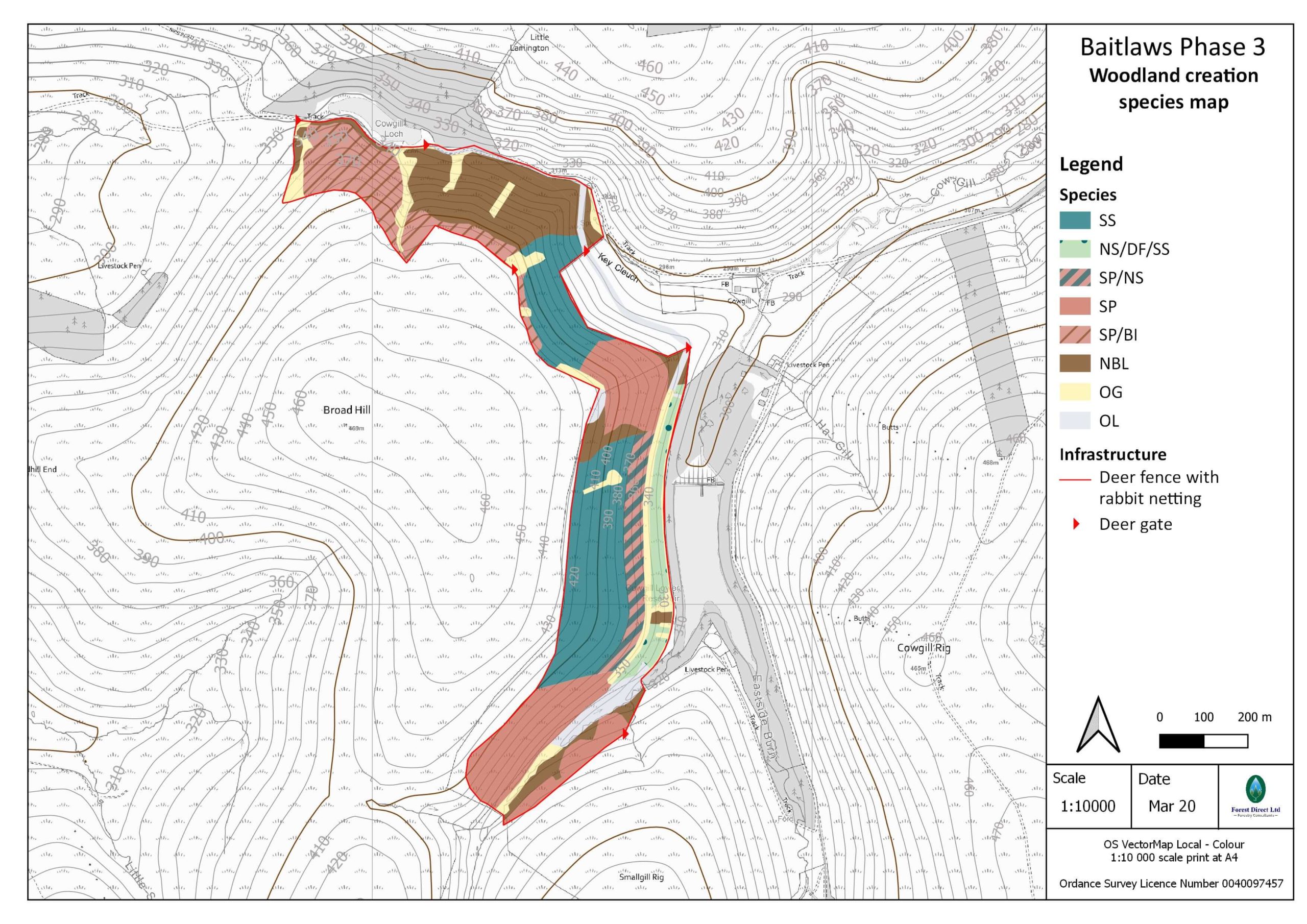Lamington, part of Baitlaw Farms in South Lanarkshire, saw phase three of a new woodland creation project reach grant funding approval by Scottish Forestry earlier this month. Project development was undertaken by Forest Direct Ltd on behalf of owner Justin Maxwell Stuart which will see 39 ha diverse woodland be planted in winter 2021/22 . Baitlaws, a sheep farm situated near Biggar, has undertaken a rolling programme of farm diversification over the last 10 years. Woodland creation is just one element, with sporting activity and renewable energy also developing simultaneously.
Objective
With a diverse land-use strategy, any woodland creation scheme needed to complement and support all other activities across the landholding. The client aimed to enhance the local landscape whilst creating localised farm shelter, improving the potential for game shooting, generate future woodland income and ultimately create a new forest to support Scotland’s ambitious targets to mitigate climate change.
Fast Facts
Client: Justin Maxwell Stuart
Project developer: Forest Direct Ltd
Previous land use: Agricultural grazing hill land
Area: Gross area: 39.01ha Net area: 35.06ha Open ground: 3.95ha
Species Mix:
Scots Pine & Scots Pine/Birch Mix 33%
Sitka Spruce 26%
Norway Spruce & Scots Pine 6%
Norway Spruce, Douglas Fir & Sitka Spruce 5% Native Broadleaves 21%
Open Ground 10%
Trees planted: 90,736
Woodland Management:
Mixed continuous cover management 33%
Mixed productive woodland, thinned & managed for clearfell 36%
Long-term habitat retention 31%
Estimated net carbon Sequestration (tCO2): 10,335
Registered with the Woodland Carbon Code
Approach
Phase one and two at Baitlaw Farms saw us plant mixed woodlands designed to tie in the species directly to the soil types. Each are a relatively small woodland area but incredibly valuable shelter for livestock, with the potential to be thinned and managed under continuous cover forestry for the longer term.
Baitlaws (phase three) sits at the top of a steep slope overlooking Cowgill Reservoir, a Scottish Water asset surrounded by mature woodlands. We wanted to ensure our scheme was respectful of the existing landscape and therefore extended a similar species mix of Sitka spruce, Scots pine and Native Broadleaves up the slope and wrapped around the steep-sided north face.
Bracken dominates much of the middle to lower slopes at Baitlaws, and heather dominated the areas to be planted with Scots pine. The site provided strong access routes, and as such, we were able to design the woodland knowing that thinning and quality management were assured in the long term. The site will be deer and rabbit fenced to ensure successful establishment.
The conclusion is quite simply an attractive mixed woodland that joins sensibly with adjacent woodlands near the Reservoir and offers a truly valuable steep-sided and north-facing mixed forest with the potential to enhance the aesthetic of the landscape. With only a quarter of the site designed for short term timber production (40 years), the overall design provides multiple public and social benefits with thoughtful and balanced land use for the long term.




